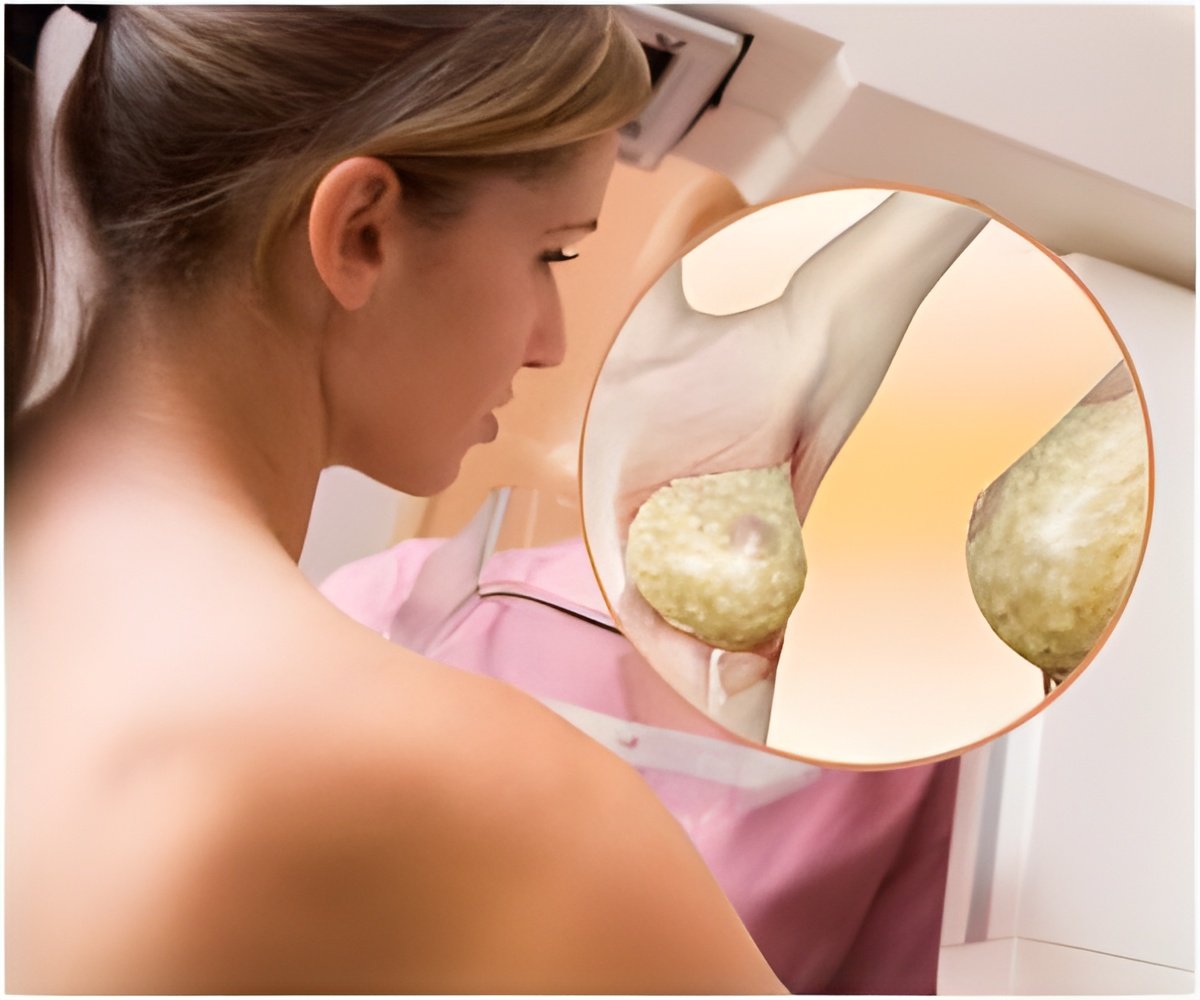In a recent breakthrough invention, a portable scanner has been created to detect the presence of breast tumors in the blink of an eye

Researchers have already proven the use of radio frequency or microwave technology for the breast cancer detection. However, up till now it had taken a few minutes for an image to be produced. Also, this had to be done in a specialist care centre or hospital so far.
Professor Wu from the University's School of Electrical and Electronic Engineering says that now concerned patients can receive a real-time video image by using the radio frequency scanner and it would clearly show the presence of a tumor in and around the breast tissue.
He further added, "Not only is this a less-intrusive and quicker way of testing, it also means patients can be tested at GP surgeries, which could help in reducing the waiting time dramatically and in some cases even avoid unnecessary mammography. The best part is that this scanner could also be used at even at home for a continuous monitoring of breast health."
The recently patented real-time radio frequency scanner utilizes computer tomography and works on the principles of the similar technology as is used in mobile phones. But surprisingly it uses only a tiny fraction of its power. This makes it safer and low-cost as well. As compared with other such diagnostic systems, which are much larger to this, it is only a size of a lunch box!!
So far the usual way of detecting breast cancer has been primarily through a mammography, which works well for women over the age of 50 and can give results of up to 95% accuracy. But sadly it is far less effective for younger women. For women under the age of 50 (which accounts for 20% of all breast cancer cases), the detection rate could be as low as 60%.
The presence of a tumor or any other abnormality will exhibit in “red” as the sensor detects the difference in tissue contrasts at radio frequencies. Malignant tissues have higher conductivity and permittivity; therefore appear differently than normal ones on a screen. In Professor Wu's design, an image appears on screen as soon as the breast enters the cup. Up to 30 images are generated every second, which means a breast scan could be over and done in a much shorter time than they currently are.
In terms of functionality and easy usage he says, "Other systems need to use a liquid or gel as a matching substance (as in an ultrasound) to work but with our system it is not needed. It can even be done with any oil, milk, water and even with a bra on”.
As a concluding note he adds,"The system has great potential to bring a new way for breast cancer diagnosis, although there is still research to be done. This will benefit millions of women in both developed and developing countries bearing in mind that one in nine women may develop breast cancer in their lifetime."
Reference:
http://www.hindu.com/seta/2010/10/28/stories/2010102850071500.htm
http://www.eurekalert.org/pub_releases/2010-10/uom-pbs102510.php
Source-Medindia















